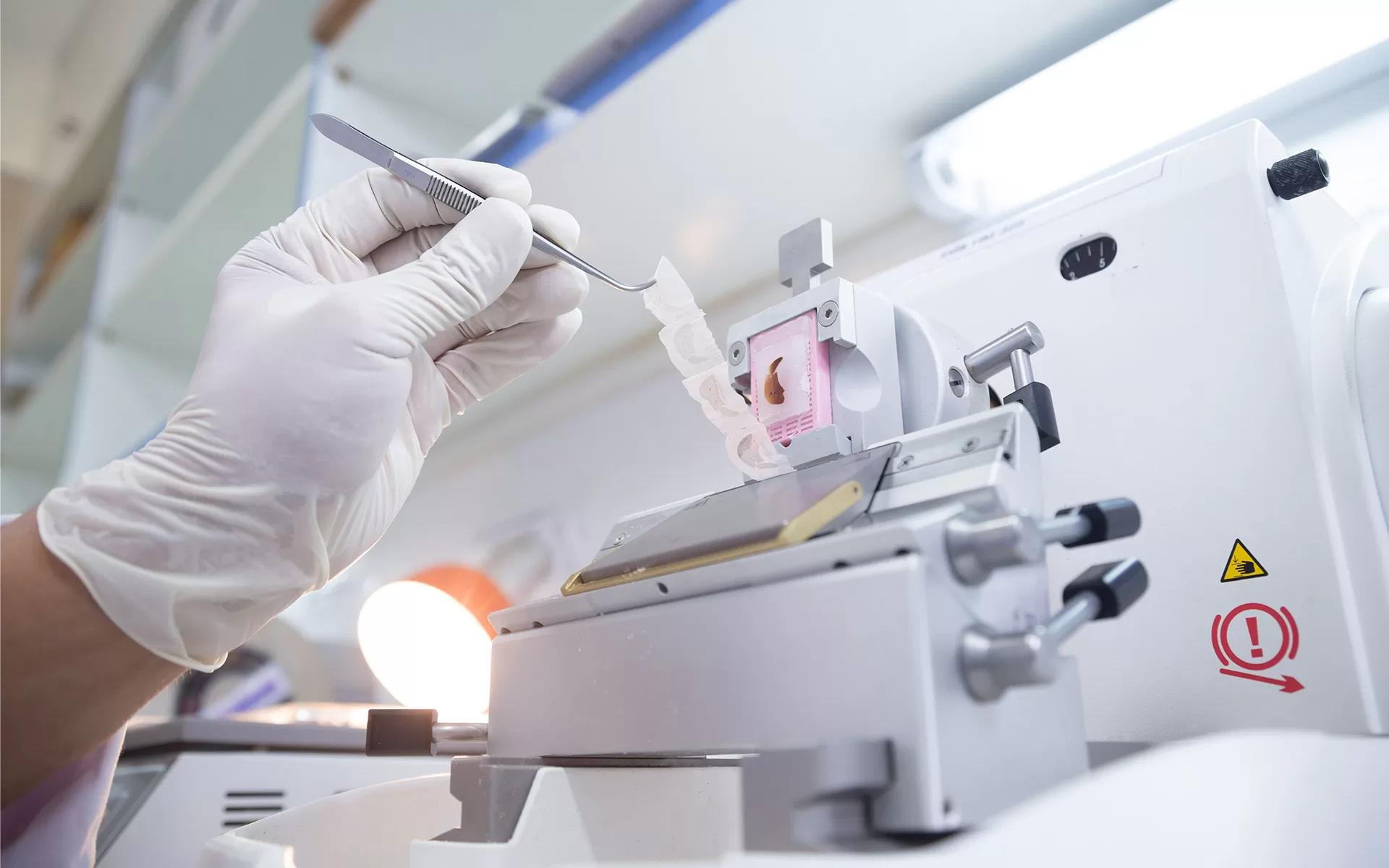In recent years, there has been a significant shift towards the use of minimally invasive surgical techniques for myomectomy procedures on a global scale. Laparoscopic and robotic myomectomies allow for reduced scarring and quicker recovery times compared to traditional open abdominal surgeries. This has made myomectomies more appealing to patients and has helped drive an increase in these procedures worldwide.
United States Leading Adoption of Robotic
The United States has been at the forefront of adopting robotic-assisted surgery for gynecological conditions like uterine fibroids. Robotic platforms provide surgeons with improved visibility, precision of movements, and ergonomic advantages over traditional laparoscopy. As robotic systems have become more widely available in hospitals and gynecology practices across America, their use for fibroidectomy has grown substantially. Recent studies show robotic myomectomy making up over 70% of minimally invasive cases in some large U.S. medical centers. Proponents say robotics may allow for enhanced resection of larger or more complex fibroids compared to standard laparoscopy.
Asia Emerging as Key Market for Fibroid Treatments
Several populous Asian countries are emerging as important new markets for fibroid treatments like fibroidectomy. Rapid industrialization and lifestyle changes across Asia have been linked to rising rates of uterine fibroids among women. At the same time, greater access to private healthcare and medical tourism have made procedures more obtainable. In India, the myomectomy caseload has more than doubled in major metropolitan hospitals over the past decade. Similar growth is occurring in China, Singapore, South Korea, and other economically developed Asian nations. With nearly two-thirds of the global population, Asia represents vast future potential for both minimally invasive and open abdominal Myomectomy globally.
Focus on Fertility Preservation Driving European Demand
In Europe, emphasis on fertility preservation and family planning continues to spur demand for surgical fibroidectomy. Many healthcare systems give high priority to treatments that can help women conceive or avoid premature menopause. Fertility clinics in countries like Germany, France, Italy, and the United Kingdom frequently perform myomectomies in young patients presenting with symptomatic fibroids. Recent data shows over 30,000 myomectomy procedures annually across Europe. Laparoscopic surgery is common due to the continent’s focus on less invasive options. Robotic assistance is also gaining acceptance in areas with broader access to the technology. Overall, Europe maintains a strong market for fibroidectomy to treat fibroids compromising fertility.
Africa Faces Uphill Battle with Provider Shortages
While fibroids pose a major women’s health challenge across Africa, access to specialized surgical treatments remains limited on the vast continent. The shortage of trained gynecologic surgeons is acute in most African nations. Where myomectomies do occur, they are typically performed openly due to a lack of laparoscopic equipment and training. Even basic abdominal surgery is not routinely available in impoverished or conflict-affected areas. International efforts are underway to establish fibroid treatment programs and train local doctors in basic hysterectomy and its techniques. Economic and provider shortages mean Africa faces an uphill journey to meet the need for myomectomies and other fibroid interventions. Sustainable solutions must be prioritized to curb illness and disability from unoerated tumors.
Advances in Surgical Techniques Aid Recovery
Surgeons continuously work to refine myomectomy methods and optimize patient recovery. New suturing strategies aim to close incisions more rapidly while safely resecting fibroids. Enhanced energy devices like bipolar scissors and ultrasonic scalpels help control bleeding from the uterine wall. Some trials even explore experimental laparoscopic procedures without any abdominal incisions. Meanwhile, studies compare surgical outcomes between various minimally invasive platforms. Overall, fibroid treatments continue benefiting from technical advances making operations safer, less complex and allowing for quicker convalescence. In coming years, innovations will likely further drive global expansion of robotic, laparoscopic and traditional abdominal myomectomies alike.
Safety Remains Top Priority with Uterine Artery Embolization
Alongside surgical interventions, uterine artery embolization (UAE) has grown as a prevalent fibroid treatment worldwide. The non-surgical approach selectively blocks blood flow to tumors using detachable particles. UAE avoids an incision and is typically performed on an outpatient basis. However, important questions remain regarding long-term safety, effects on fertility, and regeneration of growths. Guidelines from leading medical societies emphasize counseling patients on potential risks of ischemia, hemorrhage or other complications against surgery. Further studies seek to clarify the role of UAE versus fibroidectomy especially in younger women wishing to preserve fertility options. Overall, safety monitoring must stay front and center with global increases in UAE availability and usage for symptomatic fibroids.
Developed dominate robotics and laparoscopic myomectomy utilization, while developing areas focus on basic hysterectomy and open procedures. Technical refinement aims to simplify surgery and recovery, expanding options for more patients worldwide. At the same, responsible development of uterine artery embolization warrants ongoing vigilance regarding long-term efficacy and safety. Overall, advances promise improved quality of life for the countless women impacted by symptomatic fibroids internationally each year.
*Note:
1. Source: Coherent Market Insights, Public sources, Desk research
2. We have leveraged AI tools to mine information and compile it




